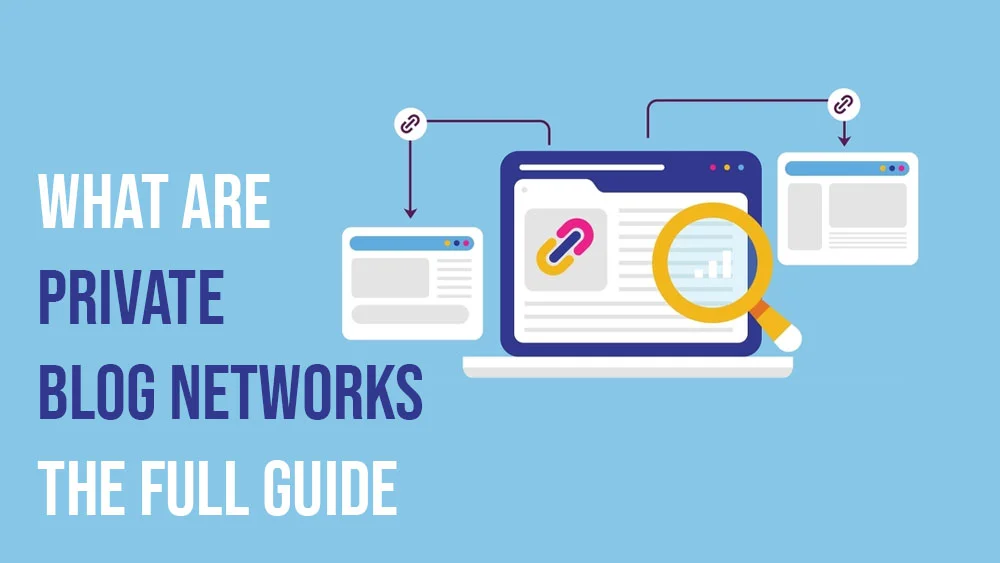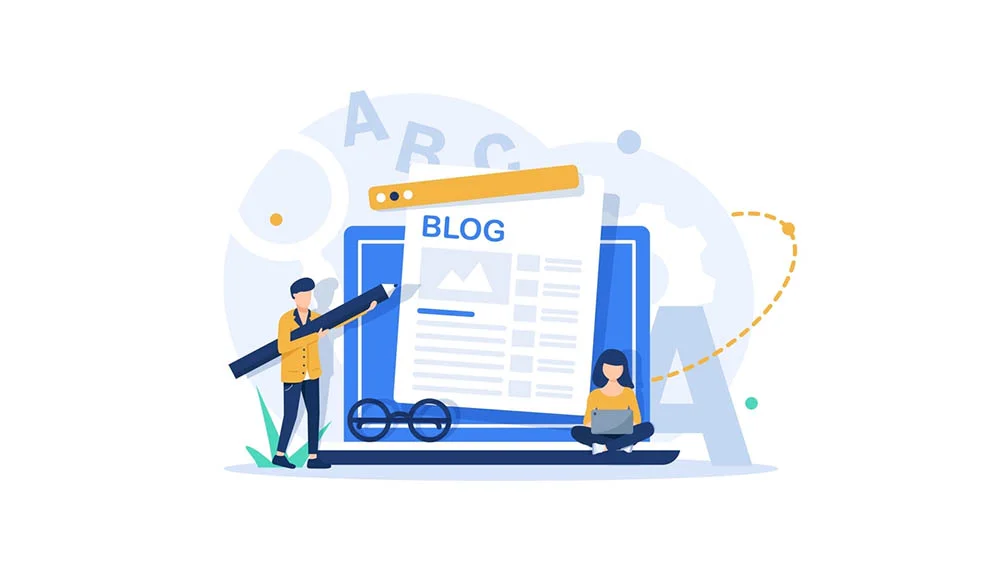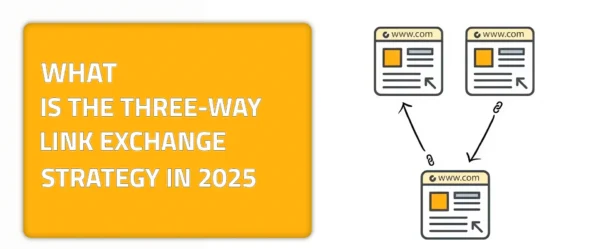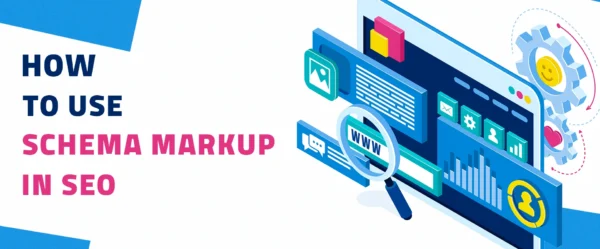Private blog networks PBNs are something that is of great importance to understand in SEO. Why is that? Because SEO considers private blog networks something that accelerates SEO results. A hidden Easter egg that some people think that they should take advantage of once they understand how to use them. But while they might sound tempting, there’s much more beneath the surface of these controversial link-building strategies. Simply put, PBNs are a collection of websites that you use to build backlinks to a central site. What does that do exactly? Like, what do you get out of such a process?
PBNs simply aim to help a certain site rank higher on search engine result pages (SERPs). However, with everything that has a list of pros, you will find yourself facing some of it’s cons as well. Google tends to despise this practice. Especially when it is executed wrongly or in a way that is not in respect of their headlines. So, while you are actually looking at a certain weapon that can help you boost your website, you might be looking at some penalties as well for using this method.
That is why I am dedicating this guide to the importance and challenges of PBNs and how you can deploy them effectively. Moreover, I will uncover with you some of the challenges that can meet you when implementing this method and what are some of its effective alternatives. This guide takes you through everything you need to know about PBNs: how they work, why people use them, the risks involved, and ethical alternatives. Before jumping into the world of PBNs, it’s crucial to understand both the potential rewards and the cons that you might face.
What Are Private Blog Networks (PBNs)? A Quick Overview
As I mentioned above, a private blog network is a collection of websites run or owned by a specific company or person with the single, unmistakable goal of linking back to a target website. That is, to improve its search engine rankings. But how does this whole process work? And does it contain anything that is scary enough to prevent you from proceeding with it? Let’s find out below.
Their structure is actually simpler than you think. I know that the name may not indicate this and that it may indicate that it is technical, but no. Bear with me. Developers make or design each site in the network to look like a legitimate independent blog. But what is there behind the scenes? What’s lying there is how they are all actually connected. Do you smell the manipulation here? Because I certainly do. Private blog networks (PBNs) use a huge amount of domains, mostly expired ones that used to have a high domain authority. That is, to manipulate search engines into thinking how they’re linking to reputable sites and help themselves increase their search rankings in no time.
Sounds sketchy enough? I am not trying to make you hate; I am simply giving you what you need to have a full understanding of this whole method. In order to know whether its actually worth risking the fact that your site might receive a big, fat Google penalty or not. Why do people use PBNs, though? Like I said before, the main objective of this Zigzagged method is that it manipulates search engines into thinking that you have natural backlinks from reputable websites and helps yourself in ranking higher. Common uses include improving the visibility of an e-commerce site, blog, or business by driving up its position on Google. However, while the short-term gains can be tempting, there are real risks, especially if Google catches on. So, are PBNs worth it? That’s something every SEO specialist must weigh carefully.
Examples to Help You Understand Why Some People Use PBNs
By creating a network of websites, PBN owners control multiple sources of backlinks that point to their main site. They perceive these backlinks as a helping hand that helps search engines see the main site that they are pointing at with those backlinks as authoritative enough to rank. Let me walk you through a hypothetical example for better understanding. Imagine a niche blog on no-code app builders; the owner can use a PBN to jump to the top of search results using a keyword like “top no-code tools.” However, it is not just about the ranking.
There is more to it than people perceive; PBNs also aim to drive traffic. As the main site starts climbing those ranking ladders, it can naturally attract some new visitors. However, it makes things simpler, even though I wouldn’t call them organic enough for search engines to welcome them with open arms.
You know, you can consider PBNs as those game cheats that we used to make comprehensive handbooks for in the early 2000s. So, what about backlinks? I hear you asking. Well, building backlinks in an “organic” way that search engines see as a white-hat method can be a bit time-consuming. That is why people tend to go for the usage of PBNs.
Not that it is an excuse, but it can be one of the main reasons why they are utilized in today’s digital landscape. PBNs offer a shortcut by creating a stream of links from the networked blogs. Imagine having control over ten blogs, all linking back to your site—it’s an appealing idea for those looking for quick results. However, the question remains: is it worth the risk? While PBNs can deliver fast benefits, the potential downsides shouldn’t be ignored.
How Do Private Blog Networks Work? The Theory of Expired Domains
Now that you know how they work, let me tell you the mechanics and theory of using expired domains to make it happen. The mechanics of linking are simple: by placing links on multiple websites, PBNs pass on authority and link juice to the main site. This link juice is what search engines, like Google, value when determining a site’s ranking.
Why are expired domains important for making it all work? PBNs often rely on buying expired domains. These are websites that previously had content and backlinks but were abandoned at certain points in their sad existence. Too dramatic? My apologies. These domains still hold SEO value due to their existing backlinks. By revitalizing these expired sites and adding links to the central site, PBN users aim to transfer that domain’s authority. Again, it’s cheating so I wouldn’t recommend it. That is because search engines tend to focus a lot on value.
So the question remains: how do PBNs pass SEO value? When structured properly, PBN links appear as legitimate backlinks, tricking search engines into thinking the main site is highly authoritative. However, this is risky since Google actively tries to identify and penalize these networks.
Here’s a quick breakdown of the process:
- Purchase expired domains with good backlink profiles.
- Revive and rebuild the sites, maintaining their appearance.
- Add links to your central site to pass on authority.
Simple, sometimes effective, but in my own humble point of view, not worth the risk.
What Are Some Challenges and Risks for Using Private Blog Networks (PBNs)?
Using private blog networks (PBNs) might seem like a shortcut to higher rankings, but are the risks worth it? One of the biggest concerns is the potential for Google penalties. Since PBNs are designed to manipulate search engine results, Google actively seeks them out. If you’re caught, your site could face penalties that severely damage your rankings—or worse, be deindexed altogether.
But what about the ethical concerns? Many SEO professionals see PBNs as a “black-hat” technique, designed to trick search engines rather than provide real value to users. If I am being completely honest and I am, I too think of it that way. This raises the question: Is building a network of fake blogs worth compromising your site’s integrity? Not to answer things for you, but honestly, no.
In the long run, PBNs often do more harm than good. While they may offer short-term ranking boosts, their effectiveness starts to evaporate over time as search engines become better at detecting them. You have to keep in mind how search engines are always updating their algorithms to detect such sneaky strategies. Also keep in mind that when those links lose value, so does your SEO. Is it really worth gambling your website’s future for a temporary advantage? In most cases, the answer is a big, negative, and firm “no.”
What Are Some Alternative Strategies for PBNs?
When considering alternatives to private blog networks (PBNs), what are the more sustainable options? The answer lies in white-hat SEO techniques that focus on long-term results rather than quick wins. These strategies not only keep you safe from Google penalties but also help build genuine authority.
One great method is guest blogging. By writing high-quality content for reputable websites in your niche, you can naturally earn backlinks and establish yourself as a thought leader. But does it take time? Yes, though the rewards are lasting.
Another strategy is building natural backlinks. How? By creating link-worthy content such as infographics, case studies, or in-depth guides that people want to reference. Over time, you’ll attract organic backlinks without needing shortcuts.
Here’s a quick overview of white-hat alternatives:
- Guest blogging: Contribute valuable content to authoritative sites.
- Building natural backlinks: Create content that earns links naturally.
- Focus on content quality: Craft engaging, helpful material that people will share.
Wrapping It Up!
In conclusion, private blog networks (PBNs) can offer a quick boost in search rankings, but they come with significant risks, including penalties from search engines and long-term SEO damage. While they may seem like a shortcut, it’s essential to weigh the potential rewards against the consequences. Instead of risking your site’s reputation, focus on ethical, sustainable strategies like building high-quality content and natural backlinks. If you’re looking to enhance your link-building efforts safely and effectively, explore platforms like linkexchange.ai for legitimate opportunities to grow your online presence the right way.











